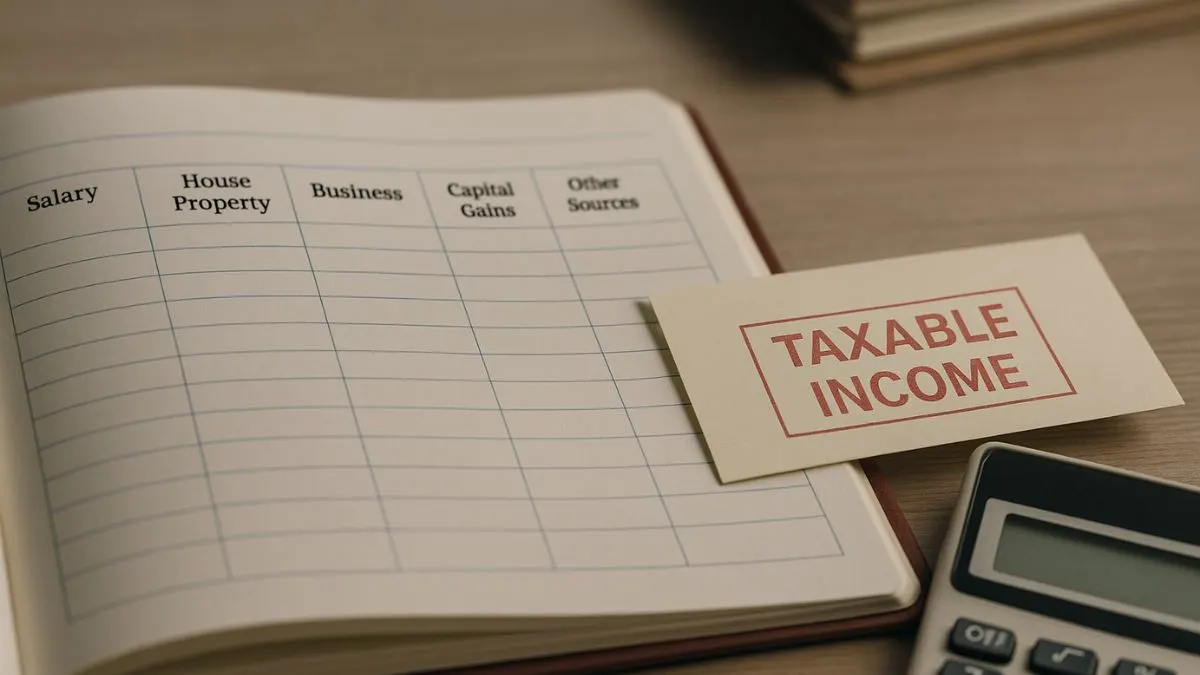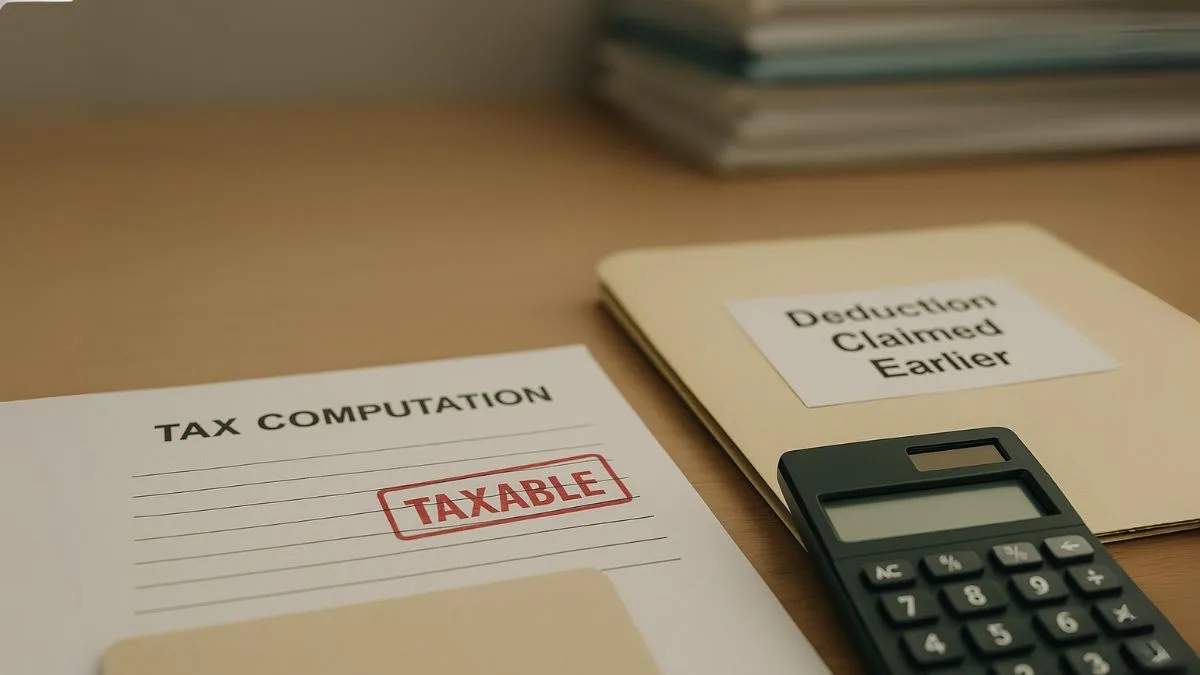
When you think of income tax exemptions in India, one of the most fundamental—& often misunderstood—provisions is Section 10(1) of the Income Tax Act. This section provides exemptions for certain types of income, specifically those related to agriculture. But what qualifies as agricultural income? And how can you legally save tax under this section?
Let’s break it down in a simple, clear, & relatable way.
🌾 What is Section 10(1) of Income Tax Act?
Section 10(1) provides for the exemption of agricultural income from the total income of a taxpayer. In simpler terms, if you earn income from agricultural land in India, this income is not taxed under the Income Tax Act. The section essentially excludes agricultural income from the computation of total taxable income.
This provision exists to protect the backbone of India’s economy—its farmers—& to avoid double taxation, since agricultural income is already subject to state-level taxes in some cases.
✅ What Qualifies as Agricultural Income?
Not every rupee earned on farmland is tax-free. To be exempt under Section 10(1), the income must meet these three conditions:
- It must be from land situated in India.
- The land must be used for agricultural purposes.
- Income must be derived from either:
- Cultivation of the land
- Rent or revenue from agricultural land
- Processing agricultural produce to make it market-ready
This means incomes not included in total income include things like selling crops, leasing land for cultivation, or earning through agricultural produce markets, as long as it’s genuine agricultural activity.
🚫 What is Not Exempt under Section 10(1)?
While Section 10(1) of the Income Tax Act provides exemptions generously, it does not apply to income that is only loosely connected to agriculture. For example:
- Income from poultry farming
- Dairy farming
- Selling processed items like jam, pickles, etc.
- Renting out farmhouses for commercial purposes
In short, only pure agricultural income gets this exemption.
💼 What if You’re Employed But Also Have Agricultural Income?
This is more common than you'd think! If you’re a salaried person but also own farmland or have agricultural operations, Section 10(1) helps you legally save on taxes.
For example, if you earn ₹5 lakhs from your job & ₹2 lakhs from farming, only your ₹5 lakhs gets taxed—the agriculture income remains exempt under Section 10(1).
Also, this section provides exemptions for expenses incurred due to your employer's business, only if that income qualifies under other clauses. Don’t confuse it with reimbursements or allowances.
🧮 Can Agricultural Income Affect Your Tax Slab?
Yes, it can. While agricultural income is exempt, it may still be used for calculating your tax rate (via the aggregation method) if:
- You have non-agricultural income exceeding the basic exemption limit.
- Your agricultural income exceeds ₹5,000 in a year.
So technically, while it’s not taxed directly, it might push you into a higher tax slab.
📌 Quick Summary
|
Feature |
Covered under Section 10(1)? |
|
Income from growing wheat |
✅ Yes |
|
Income from renting out farmland |
✅ Yes |
|
Dairy income |
❌ No |
|
Farmhouse income (commercial) |
❌ No |
|
Income from agriculture outside India |
❌ No |
💡 Need Help Claiming Agricultural Income Exemption?
Whether you’re a farmer, landowner, or salaried individual with secondary rural income, our team at Callmyca.com is here to ensure you don’t miss a single rupee of tax benefit. Click here to consult our experts & claim your exemption with confidence!











